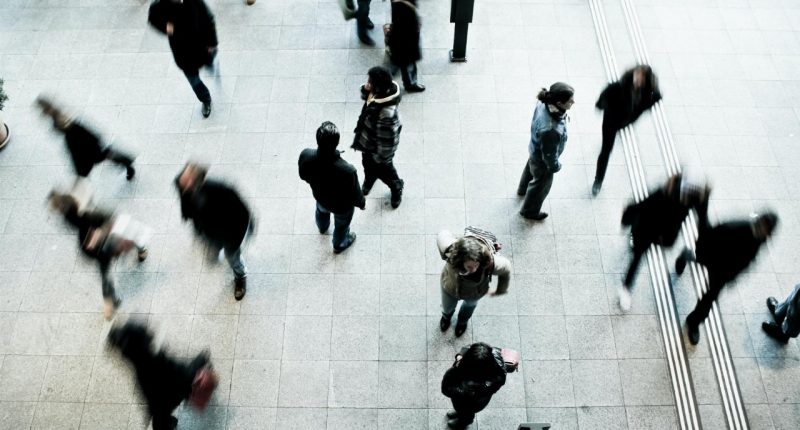As the cost of living surges throughout Australia, those on income support are having to find ways to make ends meet on just $50 per day.
According to the most recent March 2021 census by the Australian Bureau of Statistics (ABS), 5.5 million people in Australia were receiving some form of income support payments, equating to 27 per cent of the population aged 16 and over.
Of these, 23 per cent were young people on Youth Allowance and JobSeeker payments.
By September 16, 2021, the number of income support recipients had increased by 7.4 per cent compared to March 2020.
While these are the most up-to-date figures from the ABS, the Australian Council of Social Services (ACOSS) surveyed 365 people living off Job Seeker payments, Youth Allowance, and parenting payments over February and March 2023 to analyse the welfare system’s effects on the economy.
ACOSS detailed in its March report the “devastating” impact of surging costs of living on those trying to survive on an “inadequate” income support system, which is forcing 68 per cent of recipients to eat less or skip meals.
Of those surveyed, 81 per cent reported having to cut back on necessities such as meat, fresh fruit, and vegetables.
While the JobSeeker payment offers $50 a day, the Youth allowance is even less at $40. Meanwhile, filling up a small car with petrol costs nearly $80. Average rent prices are $81 per day or $568 per week.
On top of struggling to pay for food, fuel and accommodation, 68 per cent of those surveyed reported having difficulty getting medication or medical care. The result is major harm to both mental and physical health for these people, according to ACOSS.
The social service council reported that despite payments made to rectify the impact of COVID-19, almost a year later, cost of living pressures had worsened the situation.
“In the past 12 months, the costs of food, rent and energy have all surged by double digits,” ACOSS CEO Cassandra Goldie said.
“No one should have to choose between food and medicine, but these are exactly the choices being forced on people in Australia, one of the world’s wealthiest nations.”
The JobSeeker payment equates to just 43 per cent of the minimum wage, and those receiving this wage from the government are at higher risk of falling into poverty.
“The only way to address this problem is to deliver a real increase to JobSeeker and related payments so that they are lifted to at least the same level as the pension,” Ms Goldie said.
ACOSS said to rectify the harm the welfare system is causing to communities around the country, all support payments needed to be lifted to at least $76, in line with the pension rate, to support our most vulnerable communities.
Further recommendations included doubling the commonwealth rent assistance, establishing a disability and illness supplement of at least $55 a week and establishing a single-parent supplement.







